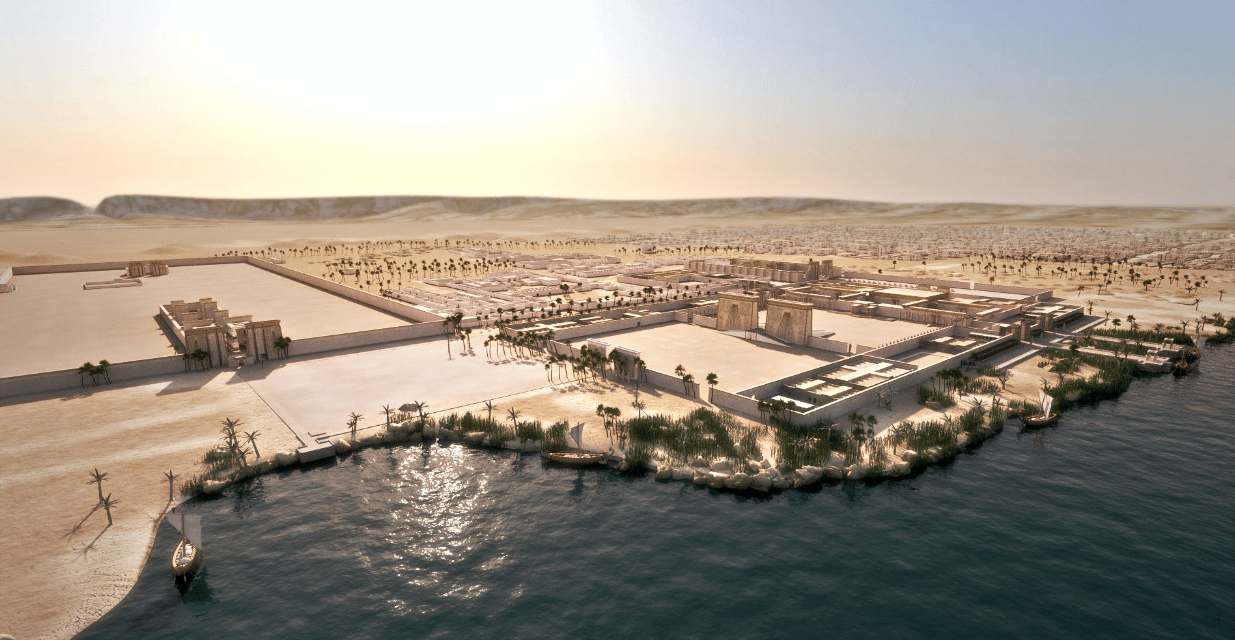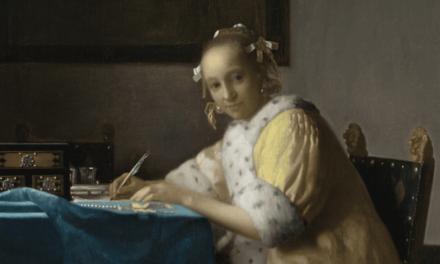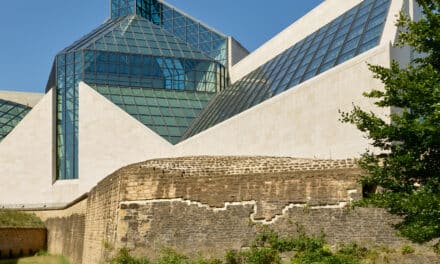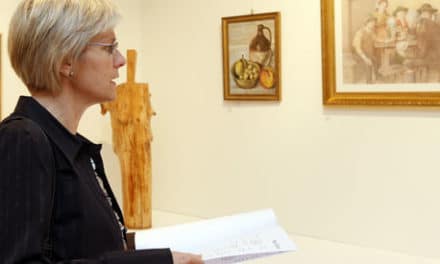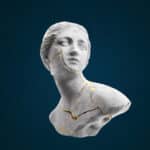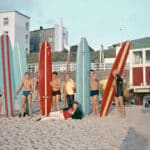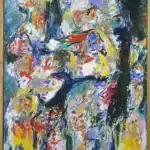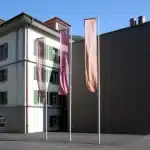The Glyptotek Copenhagen is pleased to invite visitors to a special exhibition about the rise and fall of Amarna. The newly founded city housed temples for the new god, palaces for the royal family, residential quarters, workshops and burial grounds. After the death of Akhenaten, however, Amarna was destroyed and abandoned, and Egypt turned away from its religious reforms.
The year is 1365 B.C. We are in ancient Egypt, where magic and animal gods played an important role in society. When the pharaoh Akhenaten came to power, he abolished the old animal gods and decreed a new religion. Now only the worship of the sun god Aten was permitted. He was depicted in the form of a sun disk emitting rays that ended in hands holding the hieroglyph ankh (= life) above the royal couple: Akhenaten and Queen Nefertiti. The new cult led to great social upheaval and the royal couple decided to move and build a new residence: a magnificent new city known today as Amarna.
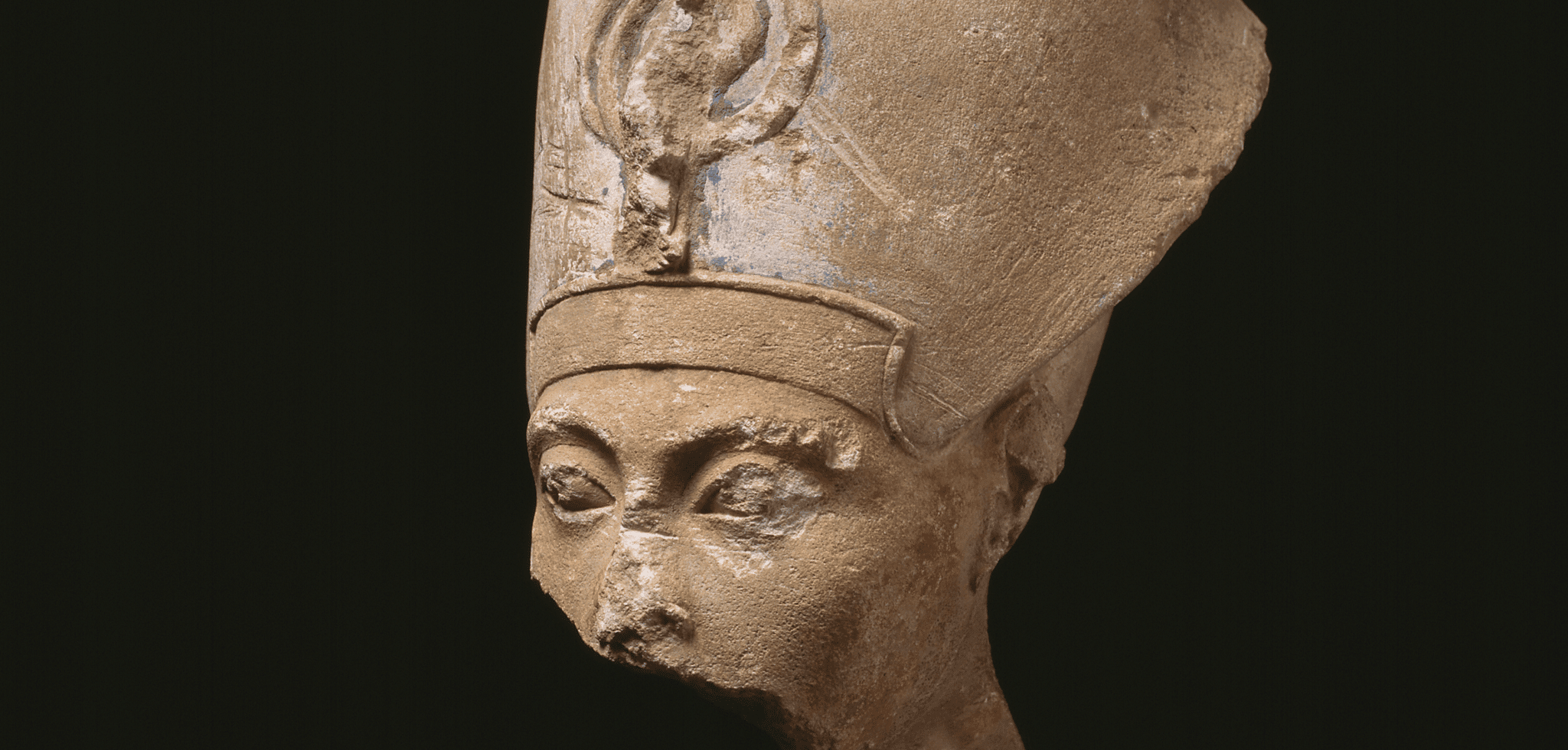
Pharaoh Akhenaten © Ny Carlsberg Glyptotek
Posterity has tried to erase all traces of this period. However, the city's short lifespan makes Amarna a goldmine for archaeology, and excavations have unearthed countless fragments from the city's history. In the exhibition, parts of the city are brought to life with replicas of a temple wall, a column in a chapel and a palace floor. Photos, drawings and a 3D video give an insight into life in the magnificent city and the dreams of the people of antiquity. The Glyptotek has an impressive collection of artifacts from Amarna that will bring the city and its fascinating history to life. In addition, there will be selected loans from abroad - including museums in New York, Paris and Berlin - as well as from the National Museum of Denmark and the Royal Cast Collection in Copenhagen. The exhibition will highlight the distinctive visual style of the period, while sun hymns, the development of a new style of music and ordinary everyday objects will give an impression of the religious and secular life of the time. In other words, the exhibition and the reconstructed setting form the framework for a presentation of the protagonists of this era.
January 26 to June 18, 2023

